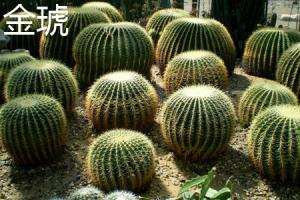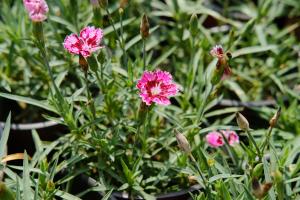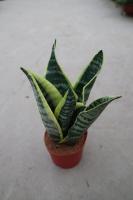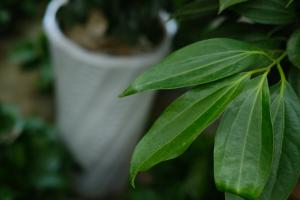Introduction
There are several types of plants that exist in nature, each with their own unique features and characteristics. Some plants flower while others do not. The palm tree, a popular landscape and ornamental plant, is often questioned on whether it is a flowering plant or not. This article seeks to explore the topic and answer the question: Is a palm tree a non-flowering plant?
The Anatomy of a Palm Tree
Before delving into the question of whether a palm tree is a non-flowering plant, it is important to understand the anatomy of the plant. Palm trees are typically characterized by their tall, slender trunk and large, fan-like leaves at the top. Unlike other trees, palm trees do not have branches but instead have fronds that grow from the trunk.
Beneath the soil, the roots of the palm tree grow in a radial pattern and are capable of reaching deep into the ground. The root system of the palm tree is often referred to as fibrous or adventitious as the roots are thin and grow out in a web-like formation.
Flowering or Non-Flowering?
The answer to whether a palm tree is a flowering or non-flowering plant lies in the classification of the plant. Palm trees are classified within the family Arecaceae, which is further subdivided into the subfamily Coryphoideae. Plants within this subfamily are known for their lack of branches and simple, unbranched leaves.
While palm trees do indeed produce flowers, the flowers are often not noticeable or easily recognizable as flowers. Unlike other flowering plants that produce showy, colorful blooms, the flowers of a palm tree are often small and clustered close to the trunk of the tree.
Some species of palm trees, such as the coconut palm, produce large clusters of flowers that later develop into a fruit. The fruit of the coconut palm is technically a drupe and not a true nut, as it has a hard outer layer and a fleshy inside.
The Importance of Palm Trees
Palm trees are highly valued for their ornamental and landscape value. They are often used in tropical and subtropical areas as a decorative element, providing shade and beauty to outdoor spaces.
Additionally, palm trees also have cultural and economic significance. In many parts of the world, palm trees are a source of food, providing nuts and fruits that are consumed by both humans and animals. Palm oil, a popular cooking and cosmetic ingredient, is also produced from the fruit of palm trees.
Conclusion
While palm trees may not produce showy, colorful flowers like other flowering plants, they are indeed classified as flowering plants. With their unique anatomy and cultural and economic importance, palm trees are truly a remarkable and valuable plant species.
So, is a palm tree a non-flowering plant? No, it is not. Palm trees do produce flowers, even if they are not easily noticeable or recognizable as flowers.

 how many times do yo...
how many times do yo... how many planted tre...
how many planted tre... how many pine trees ...
how many pine trees ... how many pecan trees...
how many pecan trees... how many plants comp...
how many plants comp... how many plants can ...
how many plants can ... how many plants and ...
how many plants and ... how many pepper plan...
how many pepper plan...

































